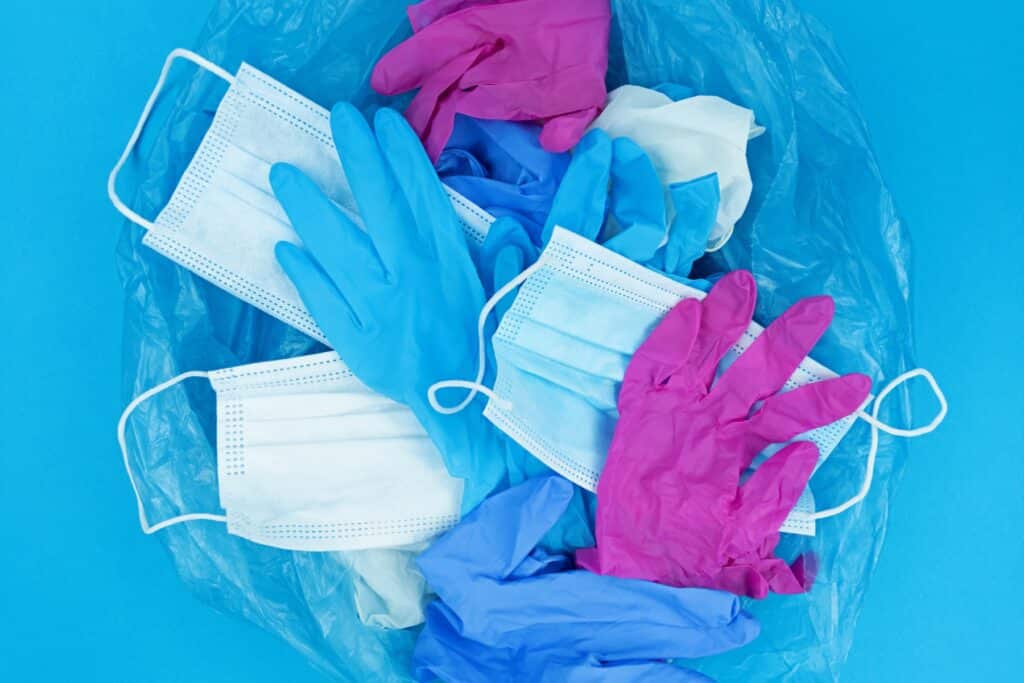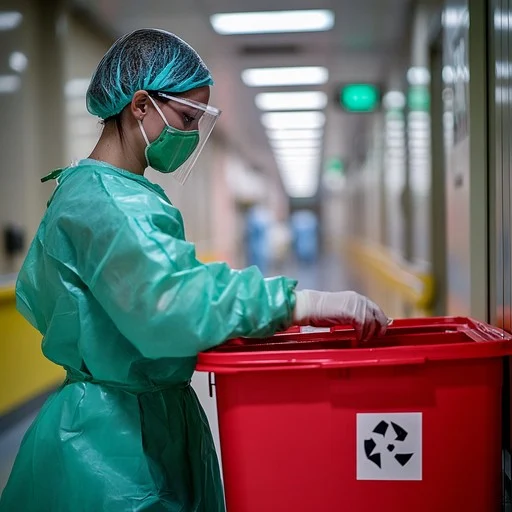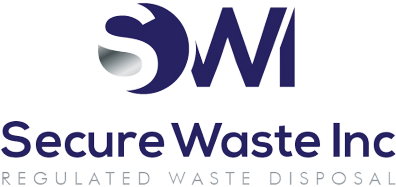In our rapidly advancing world, Healthcare science is making impressive strides in fighting diseases and promoting health. However, this progress has significantly increased biomedical waste generation, which poses serious health risks if not managed correctly. To safeguard both workers and the environment, it is imperative that we understand and strictly adhere to OSHA guidelines for biomedical waste disposal. This article will explore these essential guidelines and the regulations, training requirements, and standards for ensuring a safe and compliant workplace.
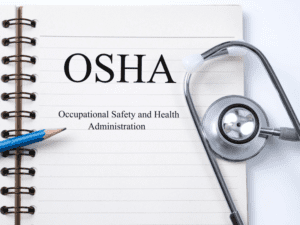 Navigating the medical waste industry can feel like a maze of required documentation, often appearing endless or repetitive. Secure Waste is here to help. Nevertheless, compliance with these regulations is non-negotiable. Following federal, state, and municipal guidelines for healthcare waste and biomedical waste management is essential for maintaining safety and defending against potential penalties and fines. Various governmental bodies, including the Occupational Safety and Health Administration (OSHA), are pivotal in overseeing healthcare waste management compliance. You may ask: what role does OSHA play in healthcare waste management?
Navigating the medical waste industry can feel like a maze of required documentation, often appearing endless or repetitive. Secure Waste is here to help. Nevertheless, compliance with these regulations is non-negotiable. Following federal, state, and municipal guidelines for healthcare waste and biomedical waste management is essential for maintaining safety and defending against potential penalties and fines. Various governmental bodies, including the Occupational Safety and Health Administration (OSHA), are pivotal in overseeing healthcare waste management compliance. You may ask: what role does OSHA play in healthcare waste management?
OSHA’s biomedical waste disposal guidelines are explicitly designed to protect workers across all sectors, particularly those in healthcare and related industries. By safeguarding employees against illness or injury caused by biological, hazardous, and infectious waste, OSHA prioritizes the health and safety of workers in demanding environments.
Understanding OSHA’s Biomedical Waste Disposal Guidelines
The Occupational Safety and Health Act (OSHA) lays out stringent guidelines for biohazard waste disposal that are essential for promoting safety and compliance. OSHA’s mission centers on minimizing and preventing workplace injuries, such as improper use of sharps needle containers and illnesses, making it a vital force in the safety landscape.
In the late 1960s, insufficient safety practices in workplaces, including healthcare settings, resulted in alarming rates of injuries and fatalities. Reports indicated that disabling injuries had surged by 20%, with approximately 14,000 workers losing their lives on the job each year. Recognizing the urgent need for reform, lawmakers crafted the Occupational Safety and Health Act of 1970 (often called the Williams-Steiger Act).
What is Biomedical Waste?
Biomedical and medical waste generally consists of materials or substances containing biological agents that threaten human health or the environment. This includes items such as blood-soaked bandages, used needles, contaminated cultures, and anything else capable of transmitting infectious diseases.
Proper Segregation and Containment of BioWaste
Proper waste segregation and containment are core components of OSHA’s biohazard waste disposal guidelines. It is vital to distinguish between different types of biomedical waste based on their risk levels and dispose of them appropriately. This practice effectively prevents cross-contamination and minimizes potential hazards during handling and transport.
Using Appropriate Sharps Containers
OSHA mandates that specialized containers designed for safe storage and transport be used to manage biohazard waste effectively. These containers must be leak-proof, puncture-resistant, clearly labeled with warning signs, and tightly sealed to prevent accidental exposure.
Ensuring Compliance with OSHA Biohazard Regulations
I would like to make sure your organization follows the OSHA biohazard regulations.
Training Requirements
OSHA emphasizes that training is crucial for employees handling healthcare waste materials and maintaining their safety—and that of their colleagues. Employers must provide comprehensive training programs covering safe handling practices, personal protective equipment (PPE) use, waste segregation, and emergency procedures.
Personal Protective Equipment (PPE)**
To prevent exposure to biomedical waste, OSHA mandates that workers handling and disposing of such materials wear appropriate PPE. This includes gloves, masks, gowns, and eye protection. Following these guidelines is critical for protecting workers from harmful pathogens or chemicals.
Disposal Methods Biomedical Waste
OSHA strictly regulates disposal methods for biomedical and biohazard waste. Incineration is often the preferred method due to its effectiveness in destroying infectious agents. However, alternatives like autoclaving or chemical treatment may also be acceptable if they meet OSHA’s specific criteria.
OSHA Biomedical Training
Initial Training
All employees handling biomedical materials must undergo thorough initial training before commencing their duties. This ensures they know potential risks, understand the protocols for safe handling, and learn how to respond to crises.
Refresher Training
Regular refresher training sessions are mandatory to reinforce knowledge and inform employees about new regulations or best practices related to biohazard waste disposal. Continuous education is vital for maintaining compliance and preventing accidents due to negligence or unawareness.
OSHA Biomedical Waste Standards
bloodborne Pathogens Standard
OSHA’s Bloodborne Pathogens Standard provides critical guidelines to protect workers exposed to blood or other potentially infectious materials.
Understanding and strictly adhering to OSHA’s biomedical waste disposal guidelines is essential for fostering a safe and healthy workplace. By prioritizing comprehensive training, utilizing designated containers, and following regulated disposal methods, we can collectively mitigate risks and protect workers and the environment.
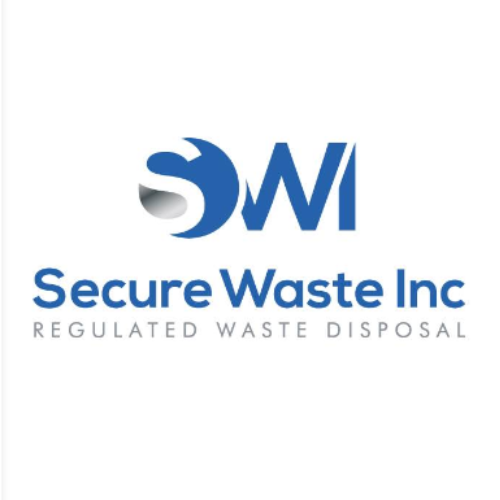
Expert Medical Waste Management: With over 25 years of industry experience, Secure Waste is a trusted local leader in hazardous and biohazardous waste disposal across Maryland, Virginia, and Washington, D.C. Specializing in medical waste management, sharps needle disposal, and biohazard waste removal, the company ensures full compliance with federal, state, and local regulations while prioritizing environmental sustainability.
The company also offers additional services, including secure document shredding and sharps container sales, providing comprehensive solutions for healthcare facilities and businesses. Our cost-effective services help clients maintain regulatory compliance without unexpected costs.
With a commitment to customer satisfaction, Secure Waste offers tailored waste management plans that align with industry best practices. Their team of experts provides reliable, timely, and compliant services, making them the preferred choice for medical waste disposal. For a free waste quote or more information, visit www.securewaste.net
